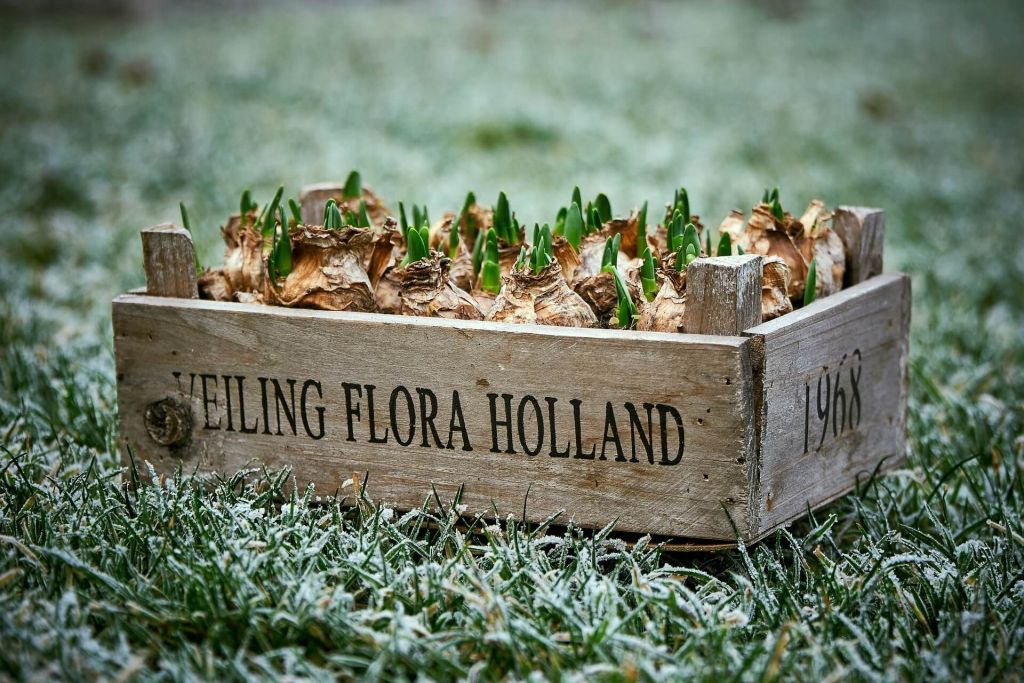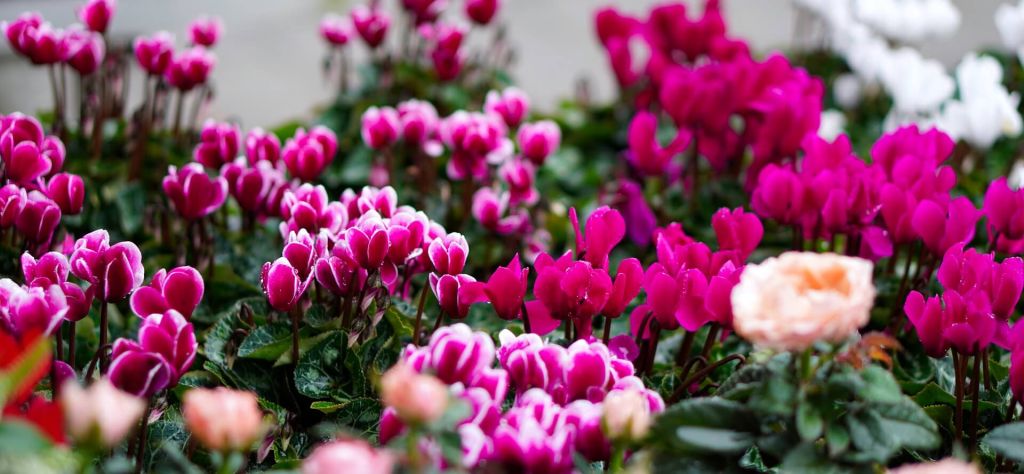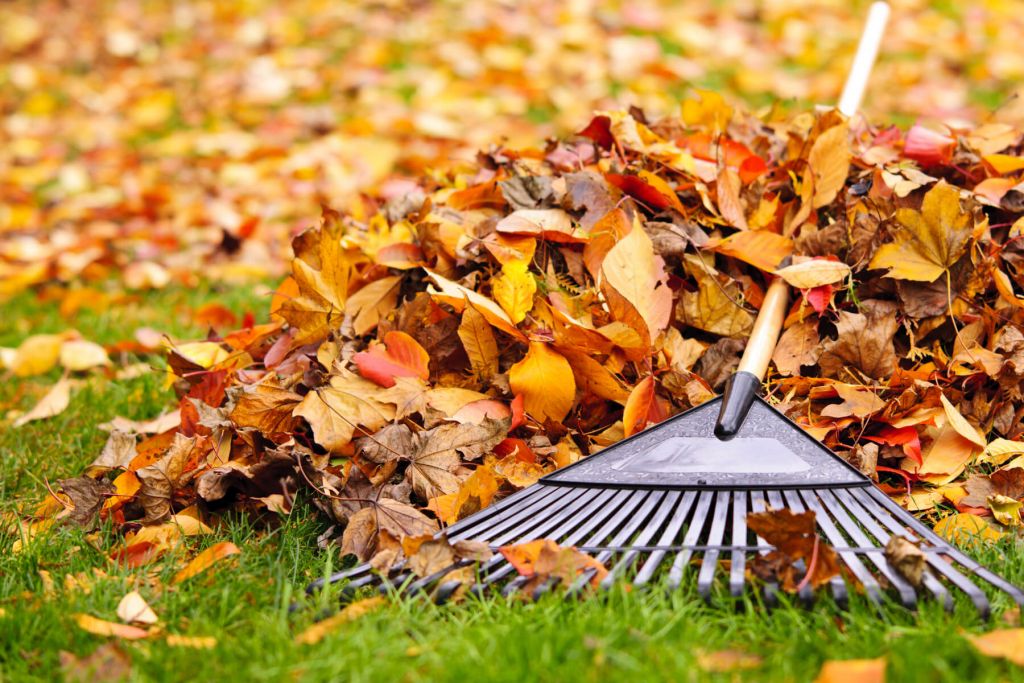Winter Wishlist

The arrival of winter is imminent, and we’re sure much of your attention has turned to decking the halls, frenzied shopping trips and tracking down that elusive turkey. Yes, Christmas is coming, bringing with it colder days, darker nights and a need to consider preparing both your indoor and outdoor spaces for the chillier months ahead.
And, while we sadly can’t help you track down the rare bottle of Scotch your dad’s after, or the limited edition trainers your teen’s requested, we do have plenty of supplies to help you, your house and your garden get ready for winter. Read on to discover our top picks.
Don’t risk slipping and sliding in treacherous weather - nobody wants to spend Christmas in A&E with a broken ankle when they could be enjoying charades with the family. (Well, for some the former may be preferable…) Our white rock salt is suitable for gritting driveways, pavements or garden paths in icy weather. 20kg bags are just £7.20, and we offer multi-purchase discounts for buying bulk bags. Seeing as it’s the season of goodwill, perhaps stock up on several and help your neighbours avoid an icy peril, too.
If you’ve got a fire or wood burning stove, then on those bleak midwinter days you’ll want to cosy up and keep warm beside it. Or, maybe braving an outdoor fire pit is more your style. Either way, our kindling nets will help you get that fire lit in no time. Each net costs £5.50 and contains plenty of wood to give your fires a roaring start. Bulk buy discounts are also available, so make sure you’re well stocked ahead of any cold snaps.
You may have been fastidious and seasoned your own logs, ahead of winter. But, if the wood or weather wasn’t on your side then perhaps you need some logs to keep your fire well stocked. Our logs are seasoned hardwood FSC certified. We source these from local woodland, and they are mostly ash. On average, they measure 25cm (10inches) long by 12cm (4 inches) wide.
To ensure your logs reach you in the perfect condition, we delivered them in a ventilated landscape bag to stop the wood from sweating. Once they arrive, we suggest storing them off the ground covered with a tarpaulin - this way they’ll stay dry all winter. Use them on open fires, log burners, fire pits and wood burning stoves and enjoy a warm winter! Our logs cost £5.50 per net, or £87.50 per bulk bag.
Our tarpaulins are an essential garden item if you’re looking to keep things protected over the winter months. The 4m x 5m waterproof plastic sheeting with eyelets are great for keeping logs dry over winter, shielding your beds or even guarding your garden furniture while it’s not in use. Each sheet is £18.
Even in the colder months, your lawn needs a little TLC, and our autumn lawn fertiliser is best applied over autumn and winter. It’s high in the macro-nutrients Phosphorus and Potassium which aid disease resistance and cold hardiness as well as improving drought tolerance. One 20kg bag will cover 570 sqm, and we recommend applying 35 grams per sqm.
The growing season might be mostly over, but there’s still ways to get ahead for the spring. Using manure on empty beds to overwinter them will allow plenty of time for it to break down and give your garden the nutrients and goodness it needs. Dig the manure through your empty beds, or leave on top and let the worms do the work!
To place your order, give us a call on 0800 854 663 or visit our website at https://www.gardenscapedirect.co.uk/




